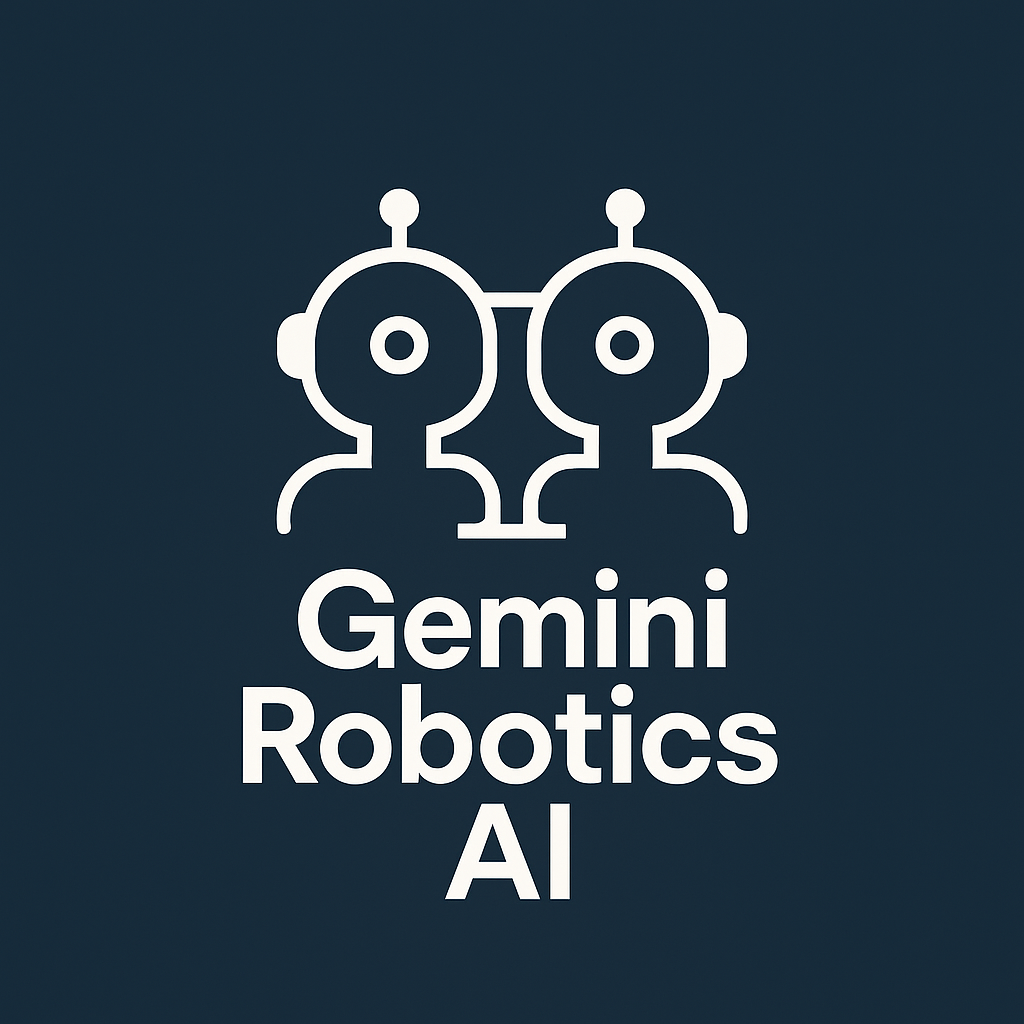As we step into 2025, the artificial intelligence (AI) landscape is buzzing with unprecedented growth and innovation. The “Artificial Intelligence Market Global Report by Solution, Technology, End-User, Countries and Company Analysis 2025-2033” paints a vivid picture of a market poised to explode from $184.15 billion in 2024 to an astonishing $2.53 trillion by 2033, fueled by a compound annual growth rate (CAGR) of 33.83%. This seismic shift isn’t just a number—it’s a testament to how AI is reshaping industries, economies, and daily life worldwide. In this 1,200-word deep dive, we’ll explore the drivers behind this explosive growth, the key technologies and solutions propelling it, the diverse end-users adopting AI, the countries leading the charge, and the companies shaping this revolution. Buckle up for an exciting journey into the future of AI!
The Catalysts of AI’s Meteoric Rise
What’s fueling this remarkable trajectory? At its core, the AI market’s growth hinges on three pillars: advancements in machine learning, widespread industry adoption, and an insatiable demand for automation and data analysis. Machine learning, a subset of AI that enables systems to learn from data and improve over time, has evolved dramatically, thanks to breakthroughs in deep learning and neural networks. These technologies allow machines to tackle complex tasks—think image recognition, natural language processing, and predictive analytics—with human-like precision.
The adoption of AI across sectors like healthcare, finance, and manufacturing is another major driver. In healthcare, AI-powered diagnostics are revolutionizing patient care, while financial institutions leverage it for fraud detection and risk assessment. Manufacturing benefits from AI-driven robotics, optimizing production lines with unprecedented efficiency. This cross-industry embrace is underpinned by a growing need to automate repetitive tasks, cut operational costs, and extract actionable insights from the ever-expanding ocean of big data.
However, it’s worth pausing to question the narrative. Are these advancements truly benefiting all stakeholders, or are they widening gaps between tech-savvy giants and smaller players who struggle to keep up? The high initial investment and skill shortages in AI development suggest that while the market soars, equitable access remains a challenge. Still, the momentum is undeniable, and the promise of smarter, more efficient systems continues to captivate global markets.
Solutions and Technologies: The Engine Room of AI
The AI market isn’t a monolith—it’s a dynamic ecosystem of solutions and technologies working in tandem. The report breaks this down into key categories that are driving innovation. On the solution front, AI offerings range from software platforms to hardware accelerators and services like consulting and integration. Software, with its ability to process vast datasets and deliver real-time insights, is a standout, powering everything from chatbots to autonomous vehicles. Services, meanwhile, are gaining traction as businesses seek expert guidance to implement AI effectively, ensuring seamless integration into existing workflows.
Technologically, the market is dominated by machine learning, natural language processing (NLP), computer vision, and robotics. Machine learning, with its ability to refine algorithms through experience, remains the backbone, enabling applications like personalized marketing and predictive maintenance. NLP, which powers voice assistants and sentiment analysis, is bridging the gap between humans and machines, while computer vision is transforming industries like retail and security with facial recognition and object detection. Robotics, enhanced by AI, is automating physical tasks, from warehouse sorting to surgical assistance.
Yet, skepticism lingers. The reliance on these technologies raises questions about transparency—how explainable are AI decisions, especially in critical areas like healthcare or justice? Bias in algorithms, a well-documented issue, also threatens fairness. As the market grows, addressing these concerns will be crucial to maintaining public trust and ensuring ethical deployment.
End-Users: AI’s Diverse Playground
AI’s versatility shines through its adoption across a wide array of end-users, each harnessing its potential in unique ways. Healthcare stands out, with AI enhancing diagnostics, personalizing treatment plans, and accelerating drug discovery. Imagine AI analyzing medical images to detect cancer earlier or predicting patient outcomes with greater accuracy—transformations already underway. Finance leverages AI for real-time fraud detection, algorithmic trading, and customer service automation via chatbots, streamlining operations in a high-stakes industry.
Manufacturing benefits from AI-powered robotics and predictive maintenance, reducing downtime and boosting productivity. Retail uses AI for inventory management, demand forecasting, and personalized shopping experiences, while transportation explores autonomous vehicles and logistics optimization. Even education is getting a makeover with AI-driven tutoring systems and adaptive learning platforms.
But let’s dig deeper. Are these end-users truly reaping the benefits, or are they becoming overly dependent on AI, potentially eroding human expertise? The report’s optimism about market growth must be tempered with caution—over-reliance could lead to vulnerabilities if systems fail or if data privacy is compromised. Still, the diversity of applications underscores AI’s transformative potential across the global economy.
Countries Leading the AI Charge
Geographically, the AI market is a global affair, with certain regions and countries emerging as frontrunners. North America, particularly the United States, leads due to its robust tech infrastructure, heavy R&D investment, and homegrown giants like Google and Microsoft. Europe follows, with countries like Germany and the UK pushing AI innovation in automotive and finance sectors, supported by strong regulatory frameworks.
Asia-Pacific is the fastest-growing region, driven by China and India. China’s AI ecosystem is a powerhouse, bolstered by government initiatives like the “New Generation Artificial Intelligence Development Plan,” aiming for global leadership by 2030. Applications in facial recognition, smart cities, and e-commerce are thriving, fueled by a massive population and data-rich environment. India, with its burgeoning tech sector, is projected to add nearly $500 billion to its GDP by 2025 through AI, a testament to its rapid adoption.
The Middle East, notably Saudi Arabia, is also making strides with Vision 2030, diversifying its economy through AI in healthcare and transportation. Yet, this global spread raises questions about data sovereignty and ethical standards. Are these countries aligning on a unified approach to AI governance, or will regional disparities create new challenges? The market’s growth hinges on balancing innovation with international cooperation.
Companies Shaping the AI Future
Behind the numbers are the companies driving AI’s evolution. Tech titans like Microsoft, IBM, Amazon, and Google are at the forefront, investing heavily in R&D and deploying AI at scale. Microsoft’s Azure AI and Google’s TensorFlow are powering cloud-based solutions, while Amazon’s AWS leads in enterprise AI adoption. NVIDIA’s GPUs are the backbone of AI hardware, enabling deep learning breakthroughs, and IBM’s Watson continues to pioneer AI in healthcare and business analytics.
Emerging players like Baidu (China’s AI leader) and Oracle are also carving niches, with Baidu excelling in autonomous driving and Oracle enhancing enterprise data management. Startups and SMEs, such as Anthropic and Cohere, are innovating with specialized AI models, adding diversity to the landscape. These companies are not just competitors—they’re collaborators, often partnering to accelerate development.
But the concentration of power among a few giants sparks debate. Does this dominance stifle smaller innovators, or does it accelerate progress through resource pooling? The market’s reliance on these leaders suggests a need for policies that foster competition and support emerging players, ensuring a balanced AI ecosystem by 2033.
Challenges and Opportunities Ahead
The road to $2.53 trillion isn’t without hurdles. High initial costs, a shortage of skilled AI professionals, and regulatory complexities pose significant challenges. The lack of transparency in AI decision-making and concerns about bias could erode trust if unaddressed. Data privacy, especially in regions with stringent laws like the EU, remains a sticking point as AI’s appetite for data grows.
Yet, these challenges open doors to opportunities. The rise of cloud-based AI solutions and edge AI for real-time processing could lower barriers to entry. Generative AI, capable of creating content from text to videos, is a game-changer, promising new revenue streams in media and marketing. Advances in ethical AI frameworks could also turn a liability into a competitive edge, appealing to socially conscious consumers.
What This Means for the Future
By 2033, the AI market’s projected $2.53 trillion valuation signals a world where intelligent systems are ubiquitous. Businesses will operate leaner, healthcare will be more precise, and cities will grow smarter. But this future demands vigilance—ensuring AI serves humanity equitably, not just profitably. Governments, companies, and individuals must collaborate to address ethical, technical, and economic disparities.
For businesses, the message is clear: invest in AI now or risk obsolescence. For consumers, it’s about embracing the benefits while advocating for accountability. And for innovators, the field is ripe with opportunities to shape a balanced AI revolution. As we navigate this transformative decade, the AI market’s growth is not just a statistic—it’s a call to action for a smarter, more inclusive world.



